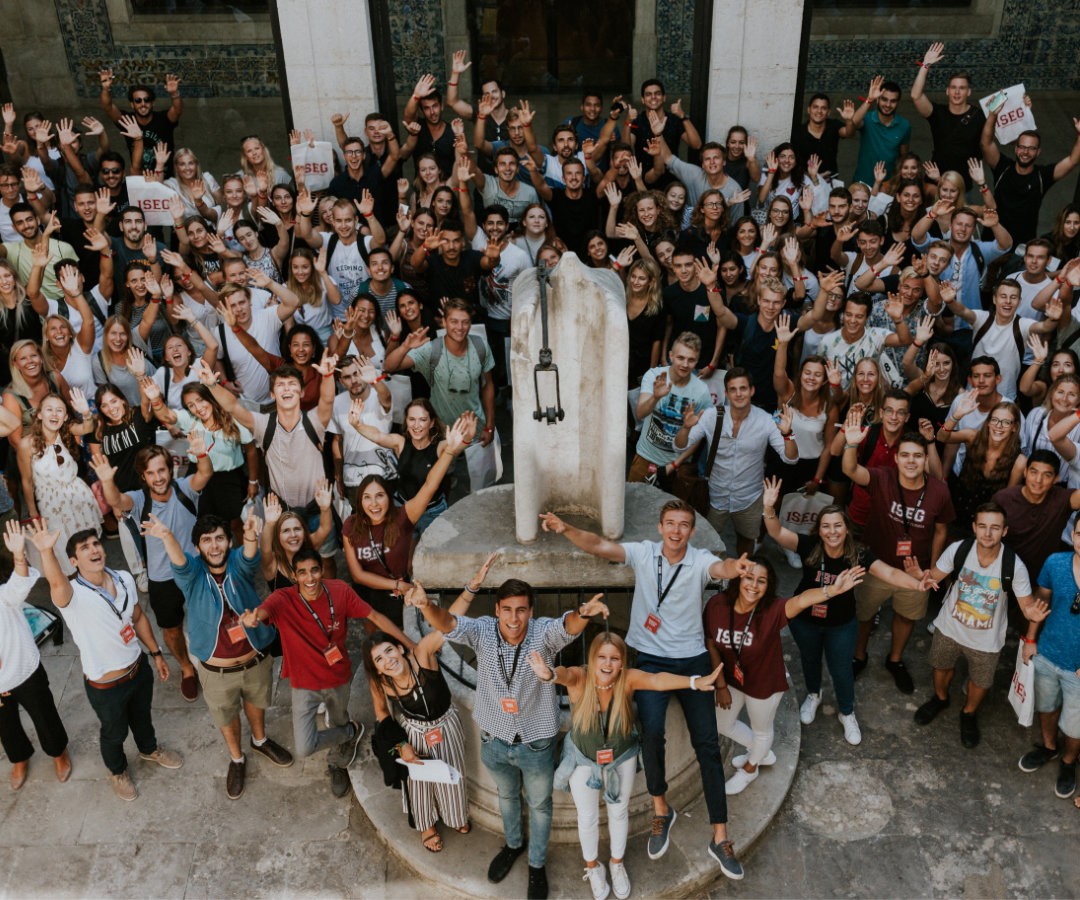Aluno: Tommaso Alessandro Maria Serino
Resumo
This dissertation investigates the impact of Digital Twin technology in the transition
from Industry 4.0 to Industry 5.0 within the automotive manufacturing sector. It aims to
uncover the initial expectations, actual benefits, and challenges associated with Digital
Twin implementation, contributing to a more technological and human-centred industrial
system. Using a qualitative methodology, the study employs a single-case study approach,
involving two semi-structured interviews with the Head of Innovation at a leading global
manufacturer. The analysis is framed within the TOE-HOT framework, integrating
Technological, Organizational, Environmental, and Human dimensions.
Findings reveal that Digital Twin technology enhances predictive maintenance, datadriven decision-making, and real-time monitoring, supporting existing literature on
technological benefits. Organizationally, Digital Twins facilitate dynamic
communication and collaboration, enabling real-time data exchange. Environmentally,
Digital Twins promote sustainability by optimizing energy management and reducing
material waste. From a human perspective, Digital Twins improve collaboration, training,
and safety through real-time analytics and adaptive instructions. However, challenges
include substantial financial investments, data privacy concerns, and the need for a skilled
workforce. Procedural adjustments and variability in innovation acceptance among
employees further complicate Digital Twin implementation.
The dissertation concludes that Digital Twin technology is vital for achieving
Industry 5.0 goals of human-centricity, sustainability, and resilience. By providing
insights into Digital Twin technology's practical implications through the TOE-HOT
framework, the study enriches the literature on industrial innovation. It also contributes
as a potential guidance for companies aiming to leverage Digital Twins for enhanced
efficiency and sustainability.
Trabalho final de Mestrado








